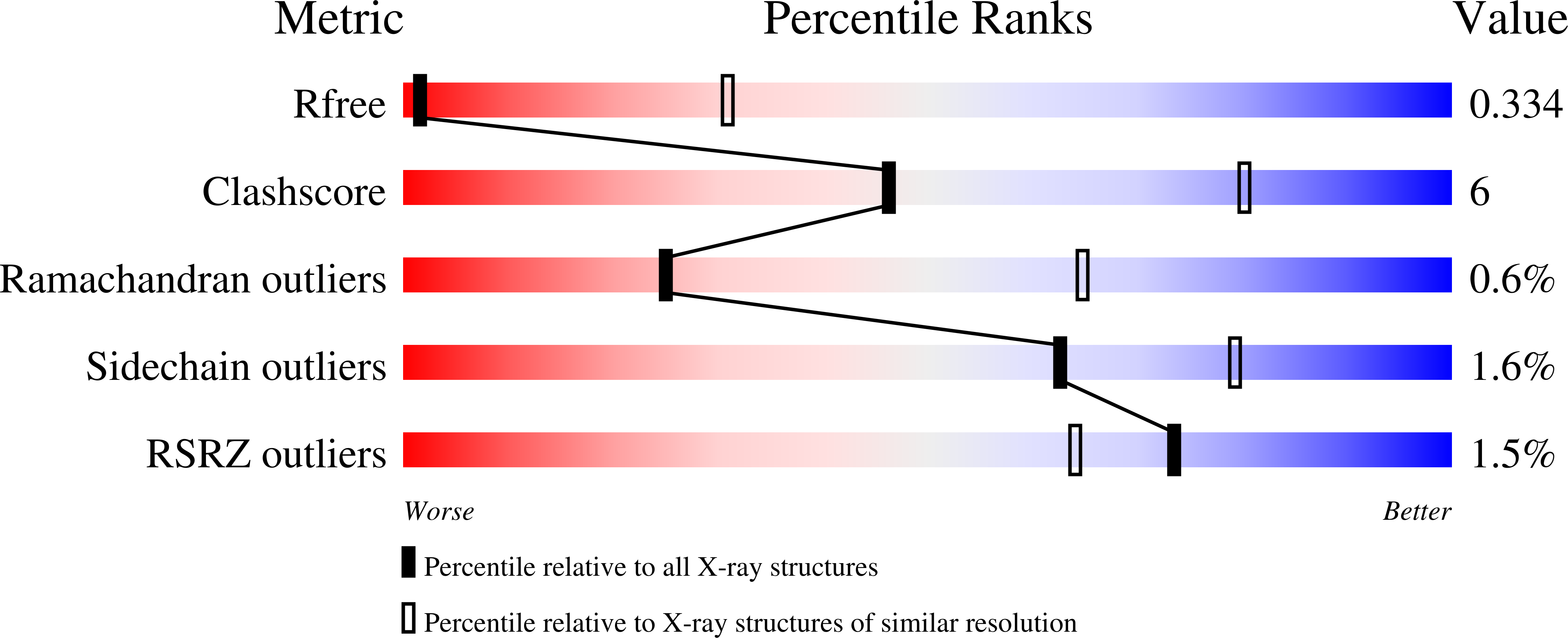
Deposition Date
2020-10-29
Release Date
2021-07-07
Last Version Date
2024-10-23
Entry Detail
PDB ID:
7KLC
Keywords:
Title:
Crystal structure of M4H2K1 Fab bound to HIV-1 BG505 gp120 core and to 17b Fab
Biological Source:
Source Organism:
Mus musculus (Taxon ID: 10090)
Homo sapiens (Taxon ID: 9606)
Human immunodeficiency virus 1 (Taxon ID: 11676)
Homo sapiens (Taxon ID: 9606)
Human immunodeficiency virus 1 (Taxon ID: 11676)
Host Organism:
Method Details:
Experimental Method:
Resolution:
4.30 Å
R-Value Free:
0.33
R-Value Work:
0.30
R-Value Observed:
0.30
Space Group:
P 21 21 2


